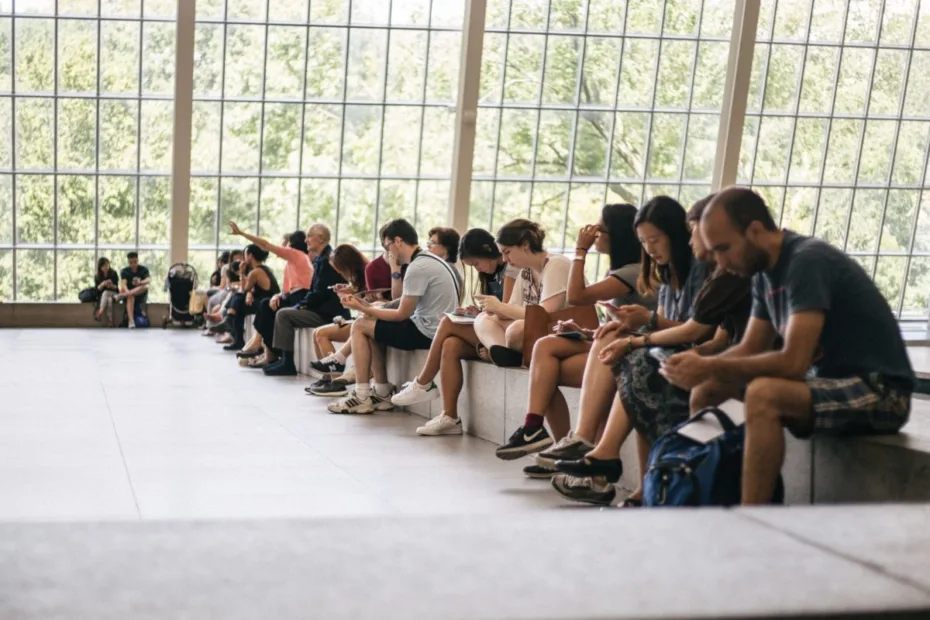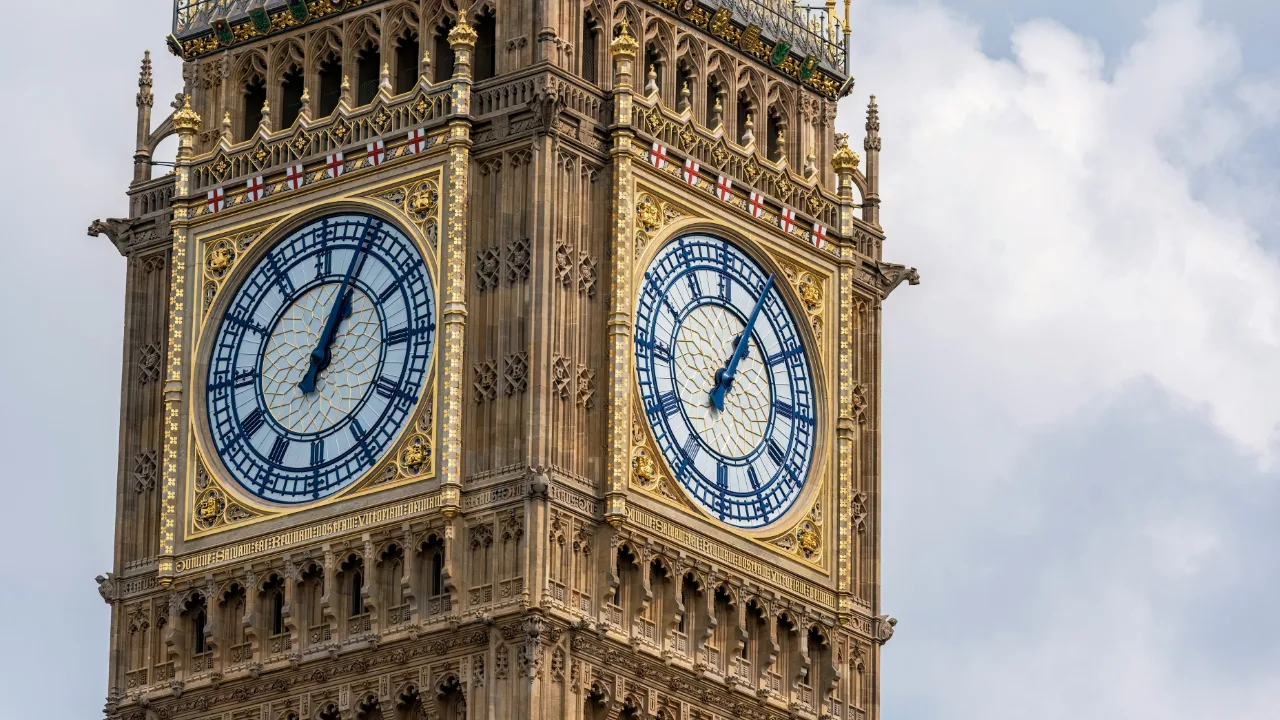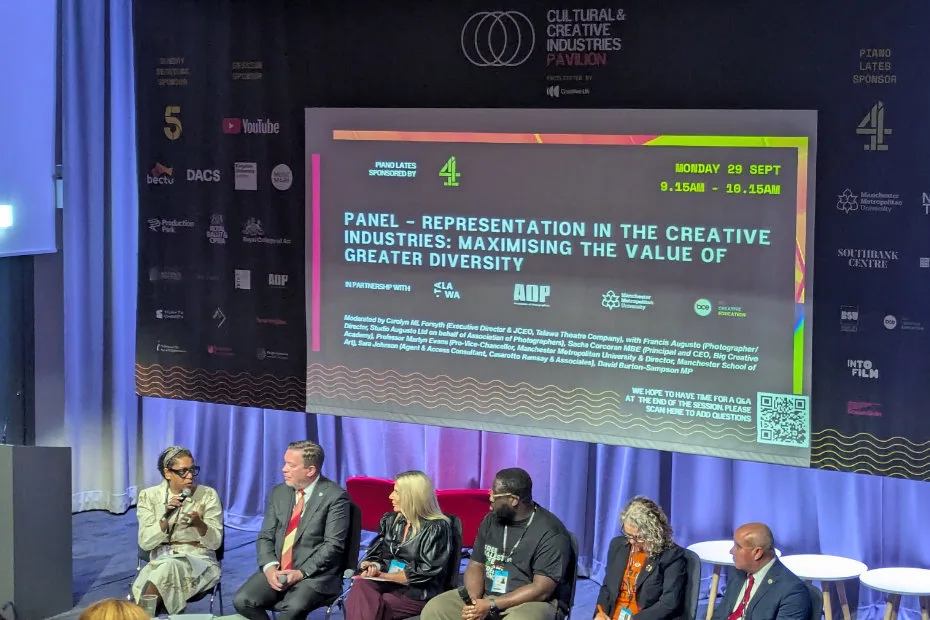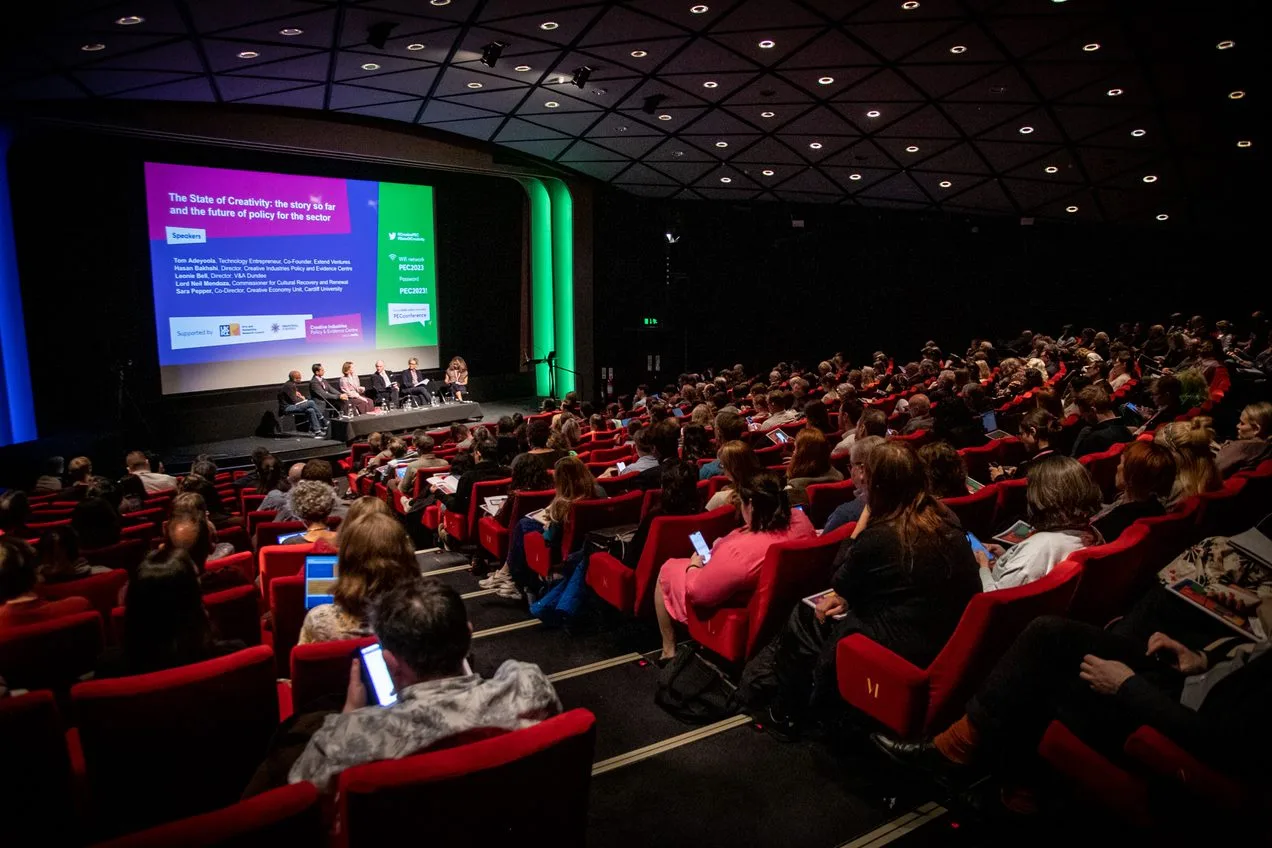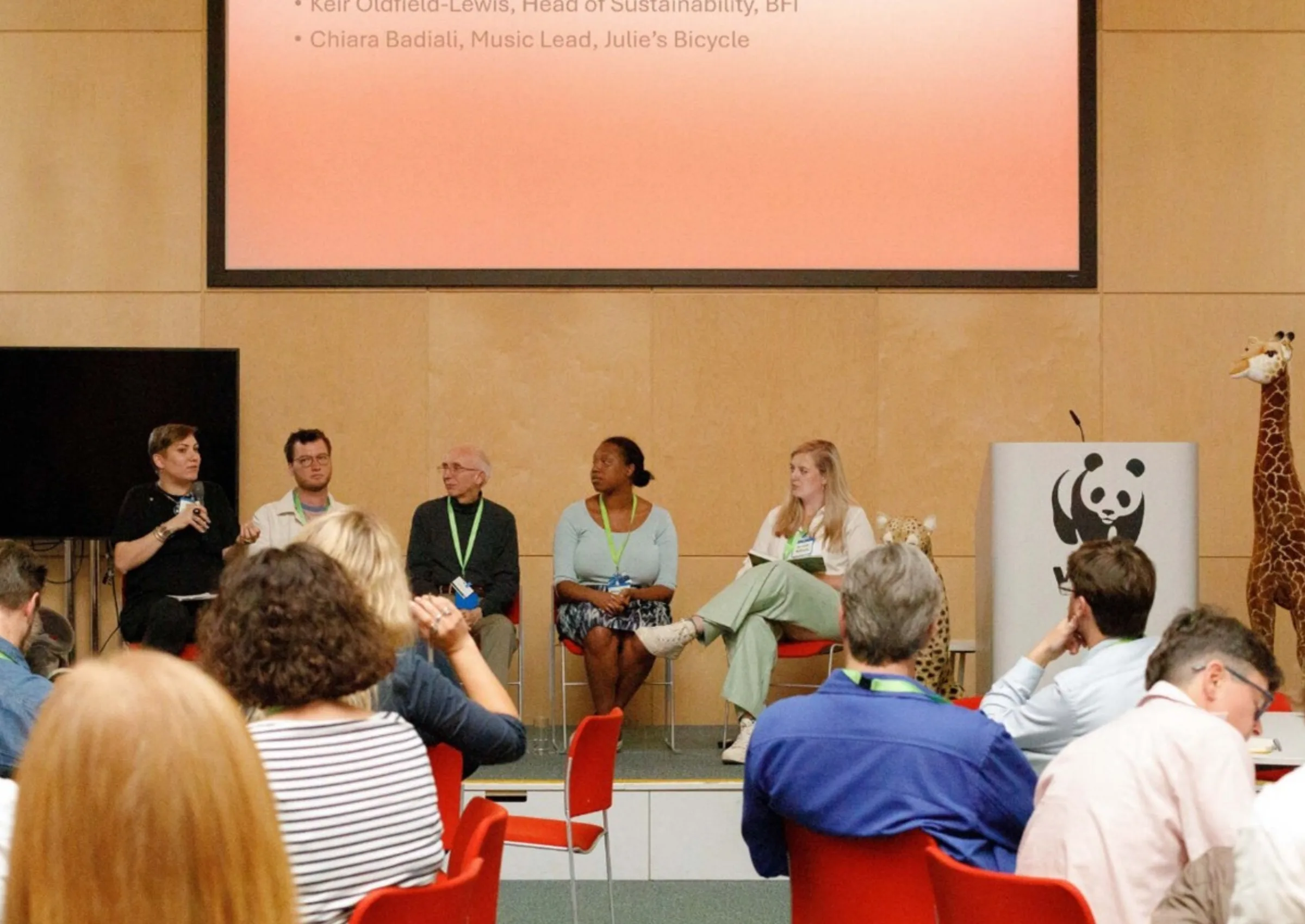Coinciding with the publication of the House of Lords’ report Public Service Broadcasting: as Vital as Ever, our researchers from Cardiff University offered an overview of the main findings and recommendations in a recent blog post. Today, Professor Richard Sambrook analyses the difficulties of public service broadcasters in attracting and retaining young audiences.
The challenge for public service broadcasters to better engage younger audiences with news and current affairs was highlighted in three reports in 2019. The Ofcom annual report on the BBC published in October focused one of its primary conclusions on the problem:
“…the BBC is struggling to engage younger audiences with news and current affairs output, particularly online. If the BBC can’t engage younger audiences with its content, it risks losing a generation of viewers.”
Just a few days later, the report of a House of Lords inquiry into Public Service Broadcasting reached a similar conclusion:
“Younger audiences are increasingly turning towards (subscription on-demand services) while spending less time watching public service broadcasting. Public Service Broadcasters face a difficult choice in dividing limited resources between appealing to older and younger viewers with different viewing habits and tastes.”
Earlier in September, a report from Oxford University’s Reuters Institute for the Study of Journalism (RISJ) was even bolder:
“The challenges facing public service media’s news provision are bigger – much bigger – than is commonly acknowledged.”
Their analysis found that the audience for news via public service broadcasting (PSB) is predominantly older, educated and politically diverse. Pertinent outlets in many countries fall far short of the ambition to provide a near universal service, especially online.
PSB’s reach is, according to the RISJ research, heavily reliant on declining offline broadcast channels at a time when the younger audience is predominantly online. Their news content primarily reaches those who are already avid consumers of news from commercial media but struggles to reach those less interested in news and less well served by other offers. They conclude: “This contributes not only to a risk for public broadcasters but for society as a whole with a widening information gap.”
None of this is news to the broadcasters. For at least twenty years the BBC and Channel 4 have been concerned about engaging an increasingly detached younger demographic, recognising that those who have grown up with multi-platform digital services are unlikely to migrate to traditional broadcast channels as they get older in the way previous generations have done. If anything, the online viewing patterns are spreading up the age range, further undermining traditional trajectories for core audiences.
From the launch of Radio 1 in 1967, the BBC has recognised it needs to offer a distinctive service for younger audiences. That principle was continued with the arrival of digital services in the early 2000s as they launched Radio1Xtra, and BBC 3 for younger audiences (as well as extending Newsround onto its new children’s channel, CBBC). And as the social media age arrived, they have innovated with formats to reach distributed audiences on Facebook, Instagram, Whatsapp and more with vertical video, online text, new approaches to storytelling and other experiments. More recently, when it became clear narrative storytelling held proportionally greater appeal for younger audiences, they have invested significantly in Catch-Up services through iPlayer and BBC Sounds and in podcasting.
Channel 4 has similarly focused on building its Under 35 reach with programme formats, increased investment in E4, All4 and social media services and, as per its remit, a challenging voice intended to be more attractive to younger audiences. And yet none of this seems to have delivered the traction with younger audiences either broadcaster seeks. There are at least three components to the problem:
- Prominence and provision of content aimed at younger audiences
- Format and innovation in content
- Tone of voice
The Reuters Institute report floats some policy proposals on prominence and provision. It suggests there might be a regulatory requirement for the prominence of PSB content on digital platforms in line with arrangements for broadcast; that public funding could be made available to private companies for content for underserved audiences suggesting many (not necessarily in the UK) have had greater success in reaching younger or less formally educated or more diverse audiences. And it proposes a structural intervention with new providers specifically tasked with delivering to underserved audiences.
In the UK, these proposals – interesting and well intentioned – seem unlikely in a political environment moving away from greater regulation. Any public funding for new or private media is likely to be taken from the BBC and further undermine it after a decade of additional costs and requirements from the licence fee.
On formats, there has been no lack of innovation on behalf of broadcasters. The challenge is the constantly changing consumer habits of younger audiences driven by technology and fashion. There is no single solution it seems – just as online video is thought to be an answer, research shows they value text or podcasts. There are risks here too. The move of Newsround, for school age children, from BBC 1 to a digital channel saw a steep drop in viewing which the BBC now argues justifies a further move to online. It feels like a downward spiral for a service designed to encourage news engagement in children. However, younger audiences are now never likely to build a monogamous relationship with one platform or provider – the task is to continually innovate and find ways to work with ever-changing third-party platforms while seeking to build a distinctive brand voice that resonates with under 30s.
Which takes us to the third component, tone of voice. Public broadcasters can still appear too “posh,” too educated, too top down. As one senior BBC news executive recently said: “It’s not about inviting them to the table – it’s about handing the table over to them”, referring to younger and more diverse audiences. The current discussion is about a “horizontal voice” as opposed to a vertical top down relationship. This means an entirely different approach to presentation and news agendas. The risk, as opinion formers will be swift to point out, is entering a downward spiral of “dumbing down”. The alternative risk is becoming irrelevant to a generation which consumes media and engages with the world in an entirely different way.
Building loyalty to PSB among a younger audience, and understanding the value proposition for a generation which sees the world differently, is an urgent task – and one that will require greater stability in funding resources and freedom to innovate while not impeding competition.
Richard Sambrook is Professor of Journalism and Director of the Centre for Journalism at Cardiff University. He began his career in local newspapers in South Wales and then worked for BBC News for thirty years as a producer, editor and executive, spending ten years on the Board of Management as Director of Sport, Director of News and Director of Global News and the World Service. His research interests include public broadcasting, digital media and misinformation. He has also been a Visiting Fellow at the Reuters Institute for the Study of Journalism at Oxford University where he researched the future of international news and the place of impartiality and objectivity in the digital age.
Researchers in the PEC’s area of work in Arts, Culture and Public Service Broadcasting at the School of Journalism, Media and Culture (JOMEC) at Cardiff University welcome your thoughts, comments and suggestions for forging new ways forward.
Photo by Daniel H Tong
The PEC’s blog provides a platform for independent, evidence-based views. All blogs are published to further debate, and may be polemical. The views expressed are solely those of the author(s) and do not necessarily represent views of the PEC or its partner organisations.
Related Blogs
Research resources on Creative Clusters
We’ve collated recent Creative PEC reports to help with the preparation of your Creative Cluster bid…
What UK Job Postings Reveal About the Changing Demand for Creativity Skills in the Age of Generative AI
The emergence of AI promises faster economic growth, but also raises concerns about labour market di…
Creative PEC’s digest of the 2025 Autumn Budget
Creative PEC's Policy Unit digests the Government’s 2025 Budget and its impact on the UK’s creative …
Why do freelancers fall through the gaps?
Why are freelancers in the Performing Arts consistently overlooked, unseen, and unheard?
Insights from the Labour Party Conference 2025
Creative PEC Policy Adviser Emily Hopkins attended the Labour Party Conference in September 2025.
Association of South-East Asian Nations’ long-term view of the creative economy
John Newbigin examines the ASEAN approach to sustainability and the creative economy.
Take our Audience Survey
Take our quick survey and you might win a National Art Pass.
Culture, community resilience and climate change: becoming custodians of our planet
Reflecting on the relationship between climate change, cultural expressions and island states.
Cultural Industries at the Crossroads of Tourism and Development in the Maldives
Eduardo Saravia explores the significant opportunities – and risks – of relying on tourism.
When Data Hurts: What the Arts Can Learn from the BLS Firing
Douglas Noonan and Joanna Woronkowicz discuss the dangers of dismissing or discarding data that does…
Rewriting the Logic: Designing Responsible AI for the Creative Sector
As AI reshapes how culture is made and shared, Ve Dewey asks: Who gets to create? Whose voices are e…
Reflections from Creative Industries 2025: The Road to Sustainability
How can the creative industries drive meaningful environmental sustainability?
